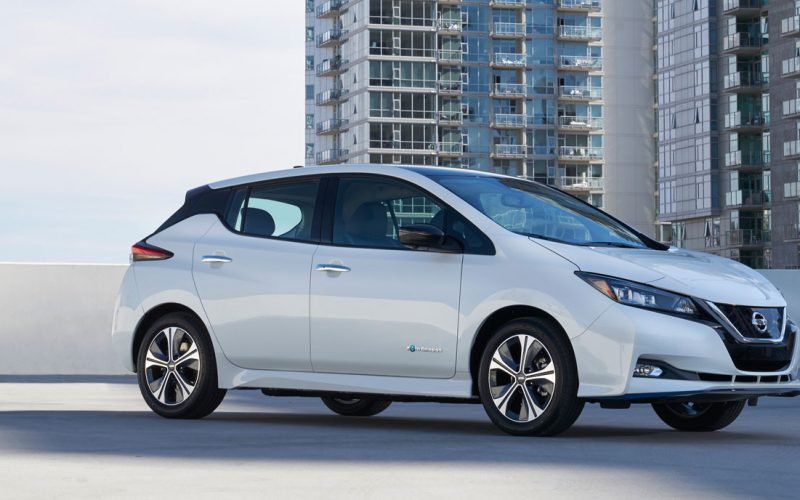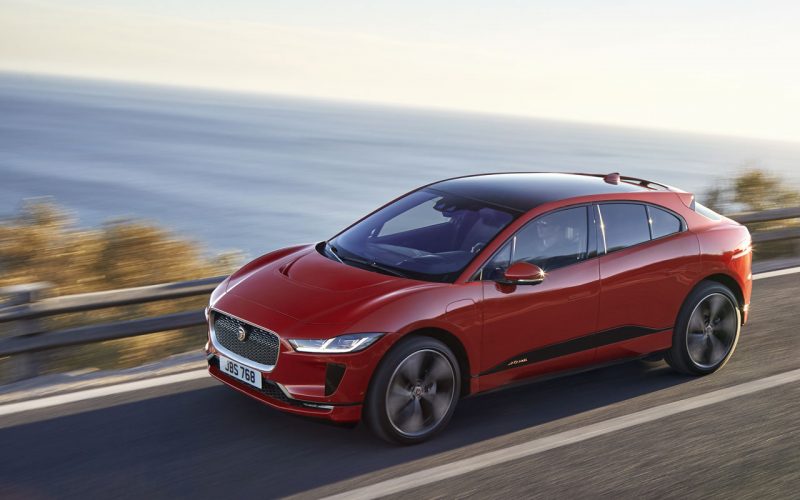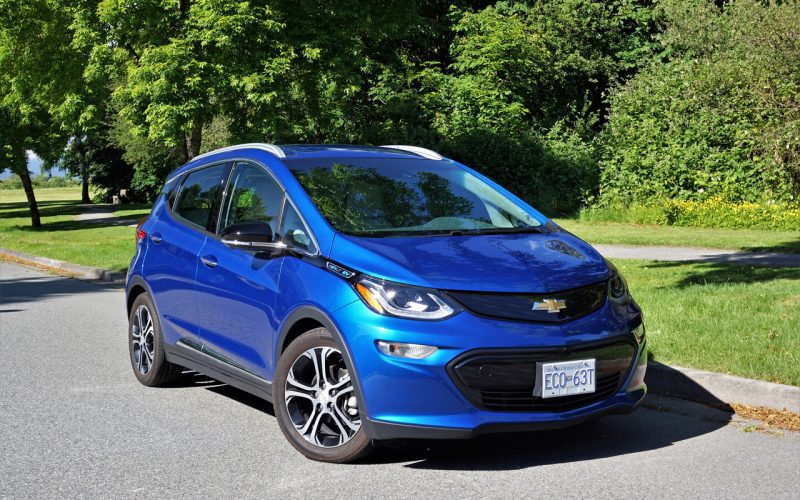
Reading Time: 7 minutesAsk most Canadians to name an electric car and Toyota’s Prius will more often than not

Reading Time: 11 minutesThe all-new, all-electric 2018 Jaguar I-Pace is already getting rave reviews from the automotive press, and

Reading Time: 5 minutesIt should come as little surprise that Chevrolet’s new Bolt EV is now the best-selling electric
© 2025 The Car Magazine. All Rights Reserved, Privacy Policy | Terms of Use